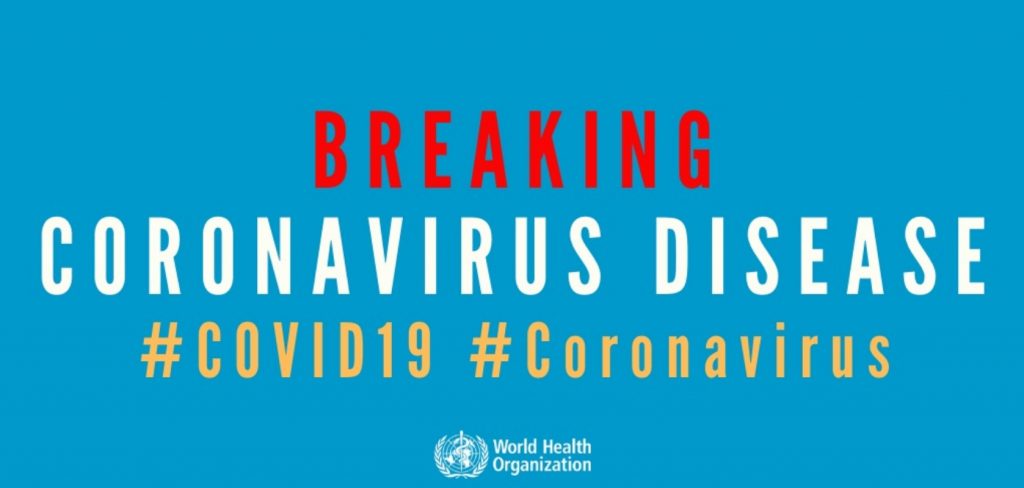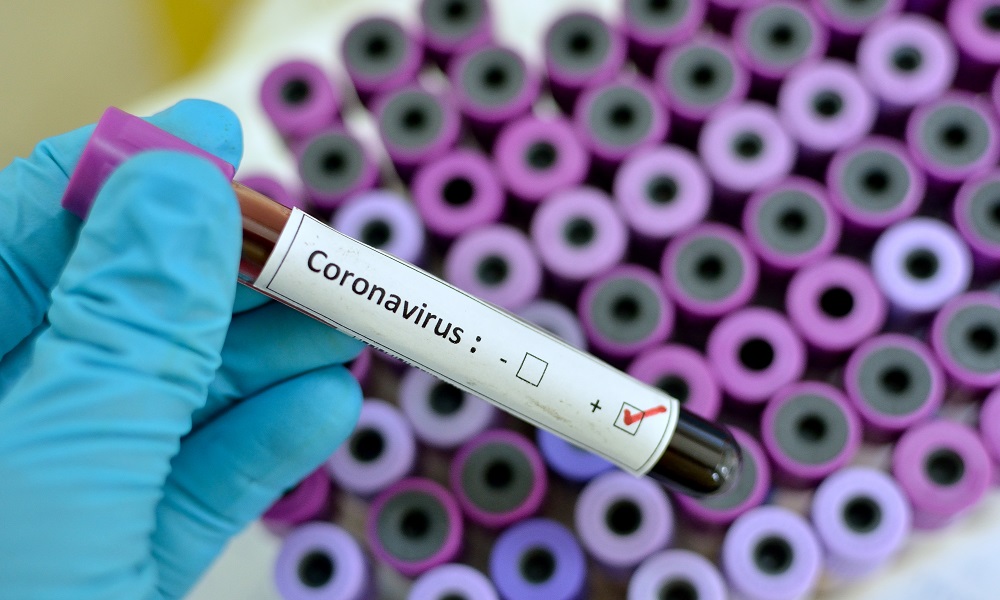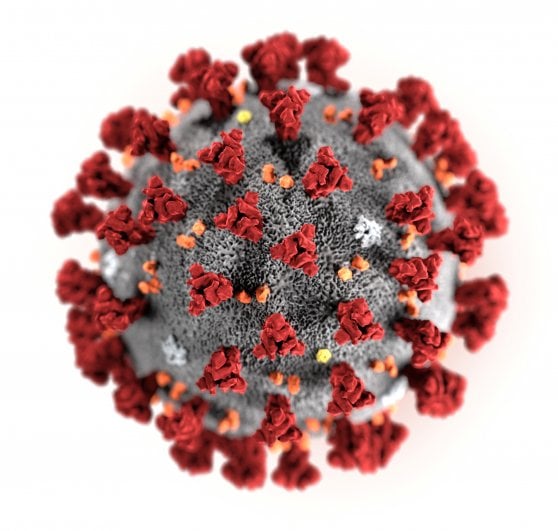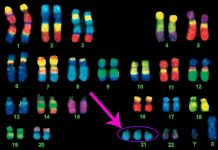Coronaviruses are a large family of viruses which may cause illness in animals or humans. In humans, several coronaviruses are known to cause respiratory infections ranging from the common cold to more severe diseases such as Middle East Respiratory Syndrome (MERS) and Severe Acute Respiratory Syndrome (SARS). The most recently discovered coronavirus causes coronavirus disease COVID-19 (SARS-CoV-2).
COVID-19 is the infectious disease caused by the most recently discovered coronavirus. This new virus and disease were unknown before the outbreak began in Wuhan, China, in December 2019.

The World Health Organization (WHO) officially declared it a pandemic on March 11, 2020. Countries experiencing the greatest number of cases include China, Iran, Italy, and the Republic of Korea. Although the United States ranks eighth, currently, with under 2,000 confirmed cases, insufficient testing does not provide a clear and complete picture. Therefore, we need to take immediate and serious actions to: first, protect ourselves, family, loved ones, and others in our communities; and second, act to contain the spread by preparing our homes, workplaces, and businesses.
The most common symptoms of COVID-19 are fever, tiredness, and dry cough. Some patients may have aches and pains, nasal congestion, runny nose, sore throat or diarrhea. These symptoms are usually mild and begin gradually. Some people become infected but don’t develop any symptoms and don’t feel unwell. Most people (about 80%) recover from the disease without needing special treatment. Around 1 out of every 6 people who gets COVID-19 becomes seriously ill and develops difficulty breathing. Older people, and those with underlying medical problems like high blood pressure, heart problems or diabetes, are more likely to develop serious illness. People with fever, cough and difficulty breathing should seek medical attention.
Can I catch COVID-19 from my pet?
While there has been one instance of a dog being infected in Hong Kong, to date, there is no evidence that a dog, cat or any pet can transmit COVID-19. COVID-19 is mainly spread through droplets produced when an infected person coughs, sneezes, or speaks. To protect yourself, clean your hands frequently and thoroughly. WHO continues to monitor the latest research on this and other COVID-19 topics and will update as new findings are available.
Is there a vaccine, drug or treatment for COVID-19?
Not yet. To date, there is no vaccine and no specific antiviral medicine to prevent or treat COVID-2019. However, those affected should receive care to relieve symptoms. People with serious illness should be hospitalized. Most patients recover thanks to supportive care.Possible vaccines and some specific drug treatments are under investigation. They are being tested through clinical trials. WHO is coordinating efforts to develop vaccines and medicines to prevent and treat COVID-19

People can catch COVID-19 from others who have the virus. The disease can spread from person to person through small droplets from the nose or mouth which are spread when a person with COVID-19 coughs or exhales. These droplets land on objects and surfaces around the person. Other people then catch COVID-19 by touching these objects or surfaces, then touching their eyes, nose or mouth. People can also catch COVID-19 if they breathe in droplets from a person with COVID-19 who coughs out or exhales droplets. This is why it is important to stay more than 1 meter (3 feet) away from a person who is sick.
COVID-19 Response Fund (Donate)
The coronavirus outbreak has been labelled a pandemic by the World Health Organization (WHO).WHO chief Dr Tedros Adhanom Ghebreyesus said the number of cases outside China had increased 13-fold in two weeks. He said he was “deeply concerned” by “alarming levels of inaction”. A pandemic is a disease that is spreading in multiple countries around the world at the same time.

Coronavirus disease 2019 (COVID-19) is an infectious disease caused by severe acute respiratory syndrome coronavirus 2 (SARS-CoV-2). The disease was first identified in 2019 in Wuhan, China, and has since spread globally, resulting in the 2019–20 coronavirus pandemic. Common symptoms include fever, cough, and shortness of breath. Muscle pain, sputum production and sore throat are less common. While the majority of cases result in mild symptoms, some progress to severe pneumonia and multi-organ failure. The rate of deaths per number of diagnosed cases is on average 3.4%, ranging from 0.2% in those less than 20 to approximately 15% in those over 80 years old. These percentage figures do not take into account unconfirmed cases, which would be significantly lower.
The infection is typically spread from one person to another via respiratory droplets produced during coughing and sneezing. Time from exposure to onset of symptoms is generally between two and 14 days, with an average of five days. The standard method of diagnosis is by reverse transcription polymerase chain reaction (rRT-PCR) from a nasopharyngeal swab or throat swab. The infection can also be diagnosed from a combination of symptoms, risk factors and a chest CT scan showing features of pneumonia.
Recommended measures to prevent infection include frequent hand washing, maintaining distance from others, and not touching one’s face. The use of masks is recommended for those who suspect they have the virus and their caregivers but not the general public. There is no vaccine or specific antiviral treatment for COVID-19. Management involves treatment of symptoms, supportive care, isolation, and experimental measures.
_________________________________________
Research to Action © 2020 Time Network (Canada)










